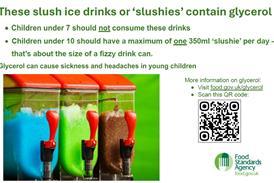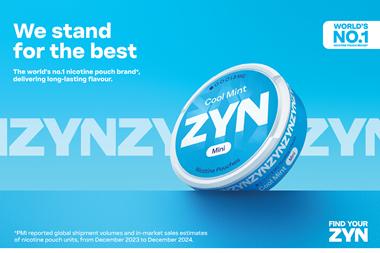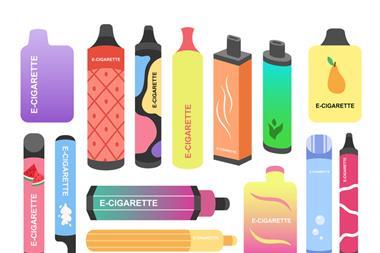
As demand and distribution for nicotine pouches continues to rise, it’s now more essential than ever for manufacturers and retailers to stay informed about relevant regulations and maintain full compliance.
With usage projected to increase further, scientific analytical firm Broughton has highlighted the four regulatory pitfalls and provides guidance on how to avoid them.
The list comes just days after fears were expressed by numerous industry players - including Trading Stadards - about the ease of which underage sales can be made, with many pointing to a complete absence and enforcement of regulation.
Broughton’s list is as follows:
1. Inadequate hazard labelling
Nicotine is considered acutely toxic under the CLP Regulation (EC) No. 1272/2008. As such, any product containing nicotine must carry the appropriate hazard statements. Improper labeling that does not comply with these regulations can pose safety risks and result in enforcement action.
Companies that fail to comply may face unlimited fines, depending on the severity of the breach. In more serious instances, individuals responsible could face up to two years in prison, either alongside or instead of a fine.
2. Nicotine strength
Pouch strengths may not always perfectly align with the levels stated on packaging. It’s possible that, due to a range of factors including product age, storage conditions, and manufacturing variability, the nicotine content at the point of use could differ from what’s declared.
It’s essential to ensure use-by dates are clearly visible and strictly followed to maintain safety and quality. In theory, some products might contain slightly more or less nicotine than stated, and the strength may also change over the course of the product’s shelf life. This highlights the potential for natural variability and the importance of maintaining quality standards across the product lifecycle.
3. Ingredient disclosure
Under the General Product Safety Regulations (2005), nicotine pouches must display clear ingredient lists, allergen declarations and hazard symbols, along with instructions for safe use and disposal.
However, many manufacturers fail to provide the necessary Safety Data Sheets (SDS) to retailers, making it difficult to verify whether products meet required classification, labelling, and packaging (CLP) regulations.
Without access to SDSs, key information such as nicotine content, allergens and hazardous chemical warnings cannot be confirmed, creating potential compliance gaps and raising concerns around product safety and transparency.

4. Use of misleading imagery
Some products feature visuals resembling sweets or fruit, which could be easily mistaken for edible items, especially by children.
This increases the risk of accidental consumption and breaches product safety principles by not considering the potential appeal to young audiences. According to the General Product Safety Regulations (2005), products must be packaged and designed in a manner that avoids presenting any significant risk to consumers, particularly vulnerable groups such as children.
For nicotine pouches, this type of imagery undermines the intended use of the product and may lead to greater regulatory scrutiny, as it fails to meet the safety standards set for consumer protection. To ensure nicotine products are clearly distinguishable from food items and safely stored away from children, proper labeling and packaging are essential, Broughton says.
































No comments yet